Vivaldi rejects the AI hype wave
CEO Jon von Tetzchner says no to chatbots, summaries & passive browsing tools
“Choosing humans over hype” — prioritizing user autonomy & real web exploration
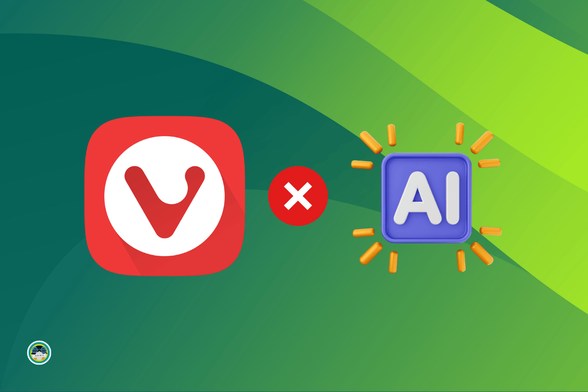
Vivaldi rejects the AI hype wave
CEO Jon von Tetzchner says no to chatbots, summaries & passive browsing tools
“Choosing humans over hype” — prioritizing user autonomy & real web exploration

️ New Article: Means of Production https://ift.tt/2IjK9D0 #WebDev #FrontEndDeveloper #100DaysOfCode #CodeNewbie

WritableStream: getWriter() method
Widely available (from May 2022)
https://developer.mozilla.org/en-US/docs/Web/API/WritableStream/getWriter
The getWriter() method of the WritableStream interface returns a new instance of WritableStreamDefaultWriter and locks the stream to that instance. While the stream is locked, no other writer can be acquired until this one is released.
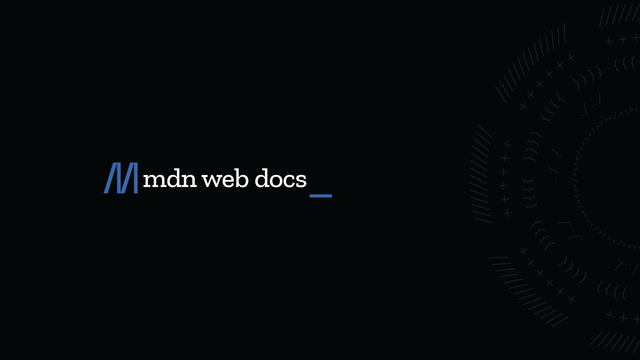
I have just spent the last three hours getting enraged by a CSP problem. All I needed was this in the nginx config for a site I was working on today:
fastcgi_param HTTPS 'on';
Angular Summer Update 2025 | by Jens Kuehlers & Mark Techson
buff.ly/j5xzjiW
#angular #javascript #typescript #webdev
Angular Summer Update 2025
Angular Summer Update 2025 | by Jens Kuehlers & Mark Techson
https://blog.angular.dev/angular-summer-update-2025-1987592a0b42

Since archiving my #RECaptcha package, i haven't receive one single complaint after #Google made it paywalled.
Since then, my #Turnstile package has been downloaded 1,000 times, 89 times less than the aforementioned.
I wonder if downloads will spike on Laravel 13, since there will be no support for it when it lands next february.
<bdi>
Tells the browser's bidirectional algorithm to treat the text it contains in isolation from its surrounding text.
https://developer.mozilla.org/en-US/docs/Web/HTML/Reference/Elements/bdi
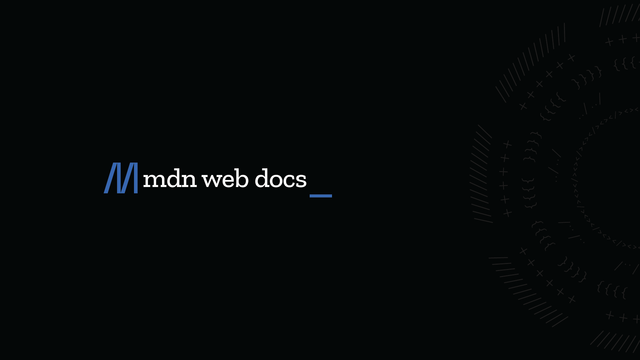
Can anyone recommend a web designer/developer who works with Hugo?
I've been DIYing a new website using a template and am most of the way there, but need a few things doing.
#webdesign #webdev #Hugo
My take on creating a simple vertical timeline https://www.reddit.com/r/css/comments/1n36cih/comment/nbc0b6o/
Live demo on @codepen https://codepen.io/thebabydino/pen/ogjagvY
#Development #Releases
New to the web platform (August 2025) · The latest browser features at a glance https://ilo.im/166jno
_____
#Browser #Chrome #Firefox #Safari #WebPlatform #WebDev #Frontend #HTML #CSS #JavaScript

#JavaScript now has this new Temporal object for working with dates, and it'll be stable soon!
Phew, I was so close to killing myself after working with time zones using the Date object, but I'm glad I held out. Even date-fns didn't reduce the number of work hours I spent bashing my head on the table that much. With Temporal going stable I'll probably only be spending 5-6 hours per week doing that, thanks to type errors and failing tests.
https://developer.mozilla.org/en-US/docs/Web/JavaScript/Reference/Global_Objects/Temporal
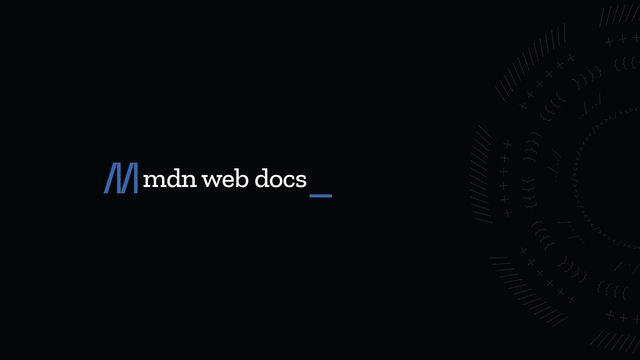
Build Faster with Blazor HTML Editor: Template Insertion Made Easy
buff.ly/Uo8Brla
#blazor #aspnetcore #webdev #ref #syncfusion #dotnet #csharp
Build Faster with Blazor HTML ...
Build Faster with Blazor HTML Editor: Template Insertion Made Easy
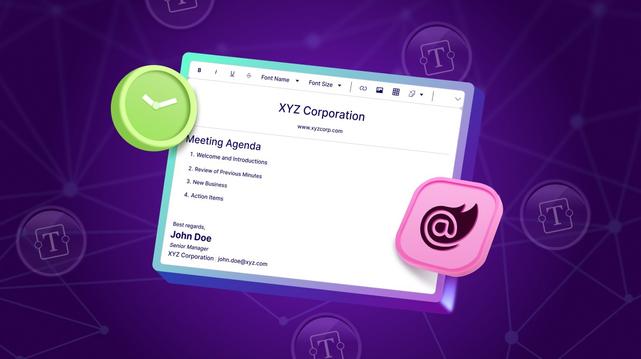
Question related to "end" projects with a versioned backend and versioned frontend; specifically *not* libraries:
How do you handle versioning of your frontend (through package.json) and your backend (e.g., pyproject.toml when using Python)?
1. Where do you declare the version number(s)?
2. Does your frontend and backend have separate version numbers, or do you use one for the entire app?
3. How do you ensure that all numbers stay in sync?
4. Do you manually upgrade versions, or do you use a script? (Possibly based on conventional commits for semver).
Dew Drop – September 1, 2025 (#4487)
buff.ly/zHNED5k
#dotnet #webdev #csharp #windowsdev #ai #mobiledev #cloud #visualstudio #database #dewdrop
Dew Drop – September 1, 2025 (...
Dive into REST APIs like a pro! Build, secure & master the web’s favorite data wrench. Packed with dev humor, expert tips & no fluff. #WebDev #Programming #APIs

The URL pattern API works everywhere now... if you ignore Safari
https://developer.mozilla.org/en-US/docs/Web/API/URL_Pattern_API